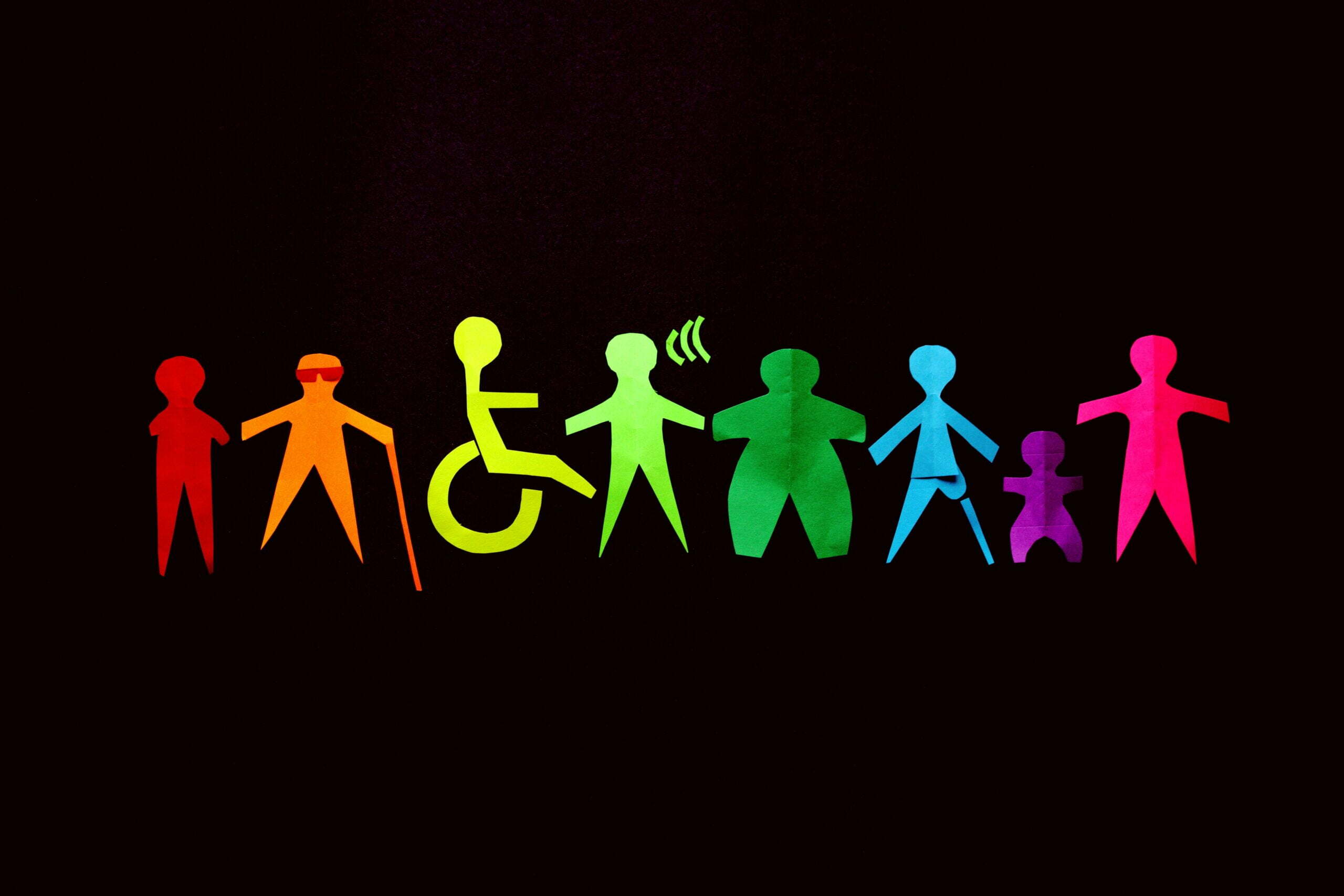Experience and intuition can only take you so far when designing good user experiences. Most designers, product teams and industry professionals acknowledge that UX research is crucial in developing a successful product.
While no one denies the importance of conducting user research, most product teams often put a lot of effort into answering ‘how to conduct user research?’, but not enough thought is given to ‘when to conduct user research?’.
Curious about UX research? Check out the following:
In the blog, I will cover the following:
- Where does UX research fit in the Product Development Lifecycle?
- When to conduct UX Research?
- In a nutshell
Let’s get started!
Where does UX research fit in the Product Development Lifecycle?
The Product Development Lifecycle is an iterative process that takes a product from a mere idea to reality. It has five stages: Brainstorm, Define, Design, Test, and Launch.
UX research is a continuous process that takes place before, during and after the design phase of the Product Development Lifecycle.
When to conduct UX Research?
User Research is a crucial aspect of the Product Development Lifecycle. Based on when it is conducted, user research can be categorised into three forms:
- Foundational Research – takes place before designing anything
- Design Research – takes place during the design phase
- Post Launch Research – takes place at the end of the Product Development Lifecycle
Foundational Research
Foundational research occurs during the ‘Brainstorm’ phase of the Product Development Lifecycle before starting the design process. It helps UX designers empathise with their users and understand their needs and pain points. In this research, we often create personas and user stories to inspire new design directions.
Foundational Research aims to answer the following questions:
- What should we build?
- What are the users’ problems?
- How can we solve those problems?
- Do we have any inherent biases that might affect the research results?
Foundational research aims to define a problem that you want to design a solution for.
Some commonly used foundation research methods are interviews, surveys, focus groups, competitive audits and field studies.
Design Research
As the name suggests, design research is conducted during the ‘Design’ phase of the Product Development Lifecycle. It helps UX designers get their latest work evaluated by users for any problems and pain points.
Design research aims to answer the following questions:
- How should we build it?
- How do the users feel about a particular prototype?
- Do users find your prototype easy or difficult to use?
- Do users encounter any problems or challenges in your design?
Design research aims to guide how a product should be built. Design research, if done correctly, can help mitigate users’ problems as they interact with your product. Design research can be conducted at any stage in the ‘Design’ phase – with paper sketches or prototypes.
The most commonly used design research methods are usability studies, A/B studies, Cafe or guerilla studies.
Post-Launch Research
Post-launch research is conducted at the end of the Product Development Lifecycle. It evaluates how a product meets user needs based on pre-defined metrics, such as adoption, user satisfaction, etc.
Post-launch research aims to answer the following questions:
- Did we succeed?
- Are the users satisfied with the product?
Post-launch research aims to gather insight into how users are experiencing the product and whether their experiences are good or bad.
Some of the commonly used post-launch research methods are logs analysis, A/B testing, usability studies and surveys.
In a Nutshell
User research is vital to provide context and guidance for the design of a product, and it helps the product team discover unknown insights and preferences of their users. While it is vital to conduct user research at the very beginning, product teams must not forget that UX research is a continuous process that needs to take place at various points of the product development lifecycle.



